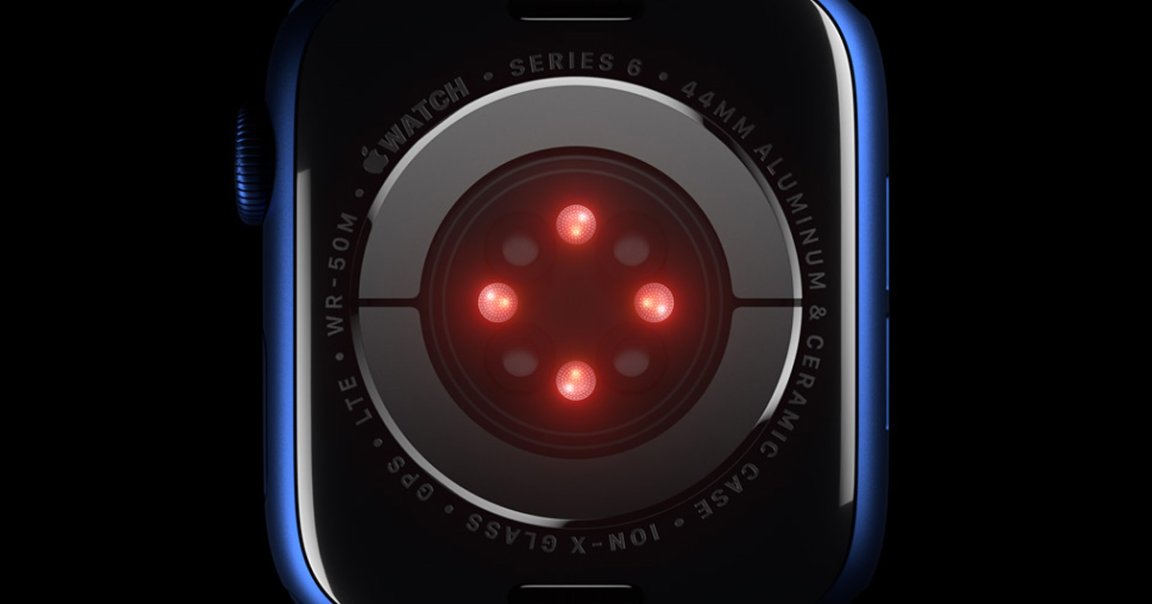
During its mid-September live stream, Apple announced that its brand new Apple Watch Series 6 will be able to measure blood oxygen levels.
The sensor takes about 15 seconds to get a reading of blood oxygen, with the results displayed to the user as a percentage.
According to a press release, the gadget uses four clusters of green, red, and infrared LEDs, combined with photodiodes, to measure light reflected back from blood. It’ll also periodically check on O2 levels while the wearer is inactive or is sleeping.
It’s a bold feature to debut during the ongoing coronavirus pandemic, with sales of pulse oximeters that can measure heart rate and oxygen levels shooting through the roof.
That’s because health practitioners have noticed unusually low blood oxygen levels in some COVID-19 patients. Some have argued that early detection of such low oxygen levels, known as hypoxia, could help save lives during the pandemic.
That doesn’t mean everybody needs to go out and buy a pulse oximeter — or the Apple Watch Series 6 — right away.
“If you are symptomatic that is a reasonable time to check your oxygen,” Denyse Lutchmansingh, Yale Medicine pulmonologist, said in a Yale statement.
But a tracker could certainly help. “We have COVID-19 patients who we are monitoring at home and one of the deciding factors for bringing them into the hospital is their oxygen level,” she added.
Apple stopped short of marketing the watch in medical terms, opting instead to frame the feature in terms of wellness tracking — at least for now.
The tech giant is partnering with health researchers to “explore how blood oxygen levels can be used in future health applications,” according to Apple.
One such partnership will investigate if the watch’s heart rate or blood oxygen feature “could serve as early signs of respiratory conditions like influenza and COVID-19.”